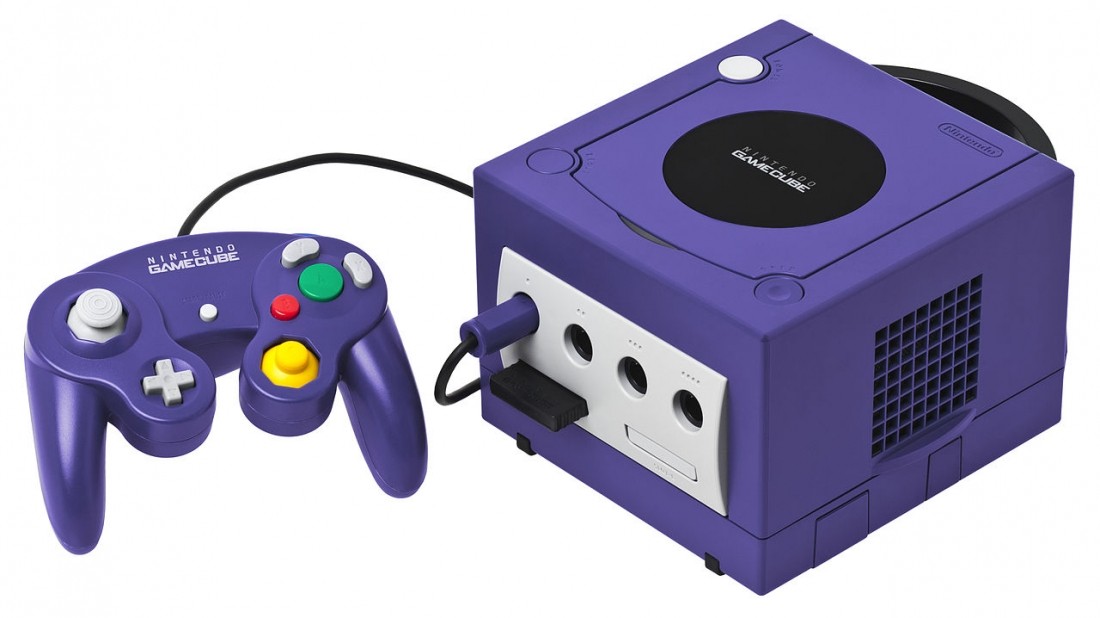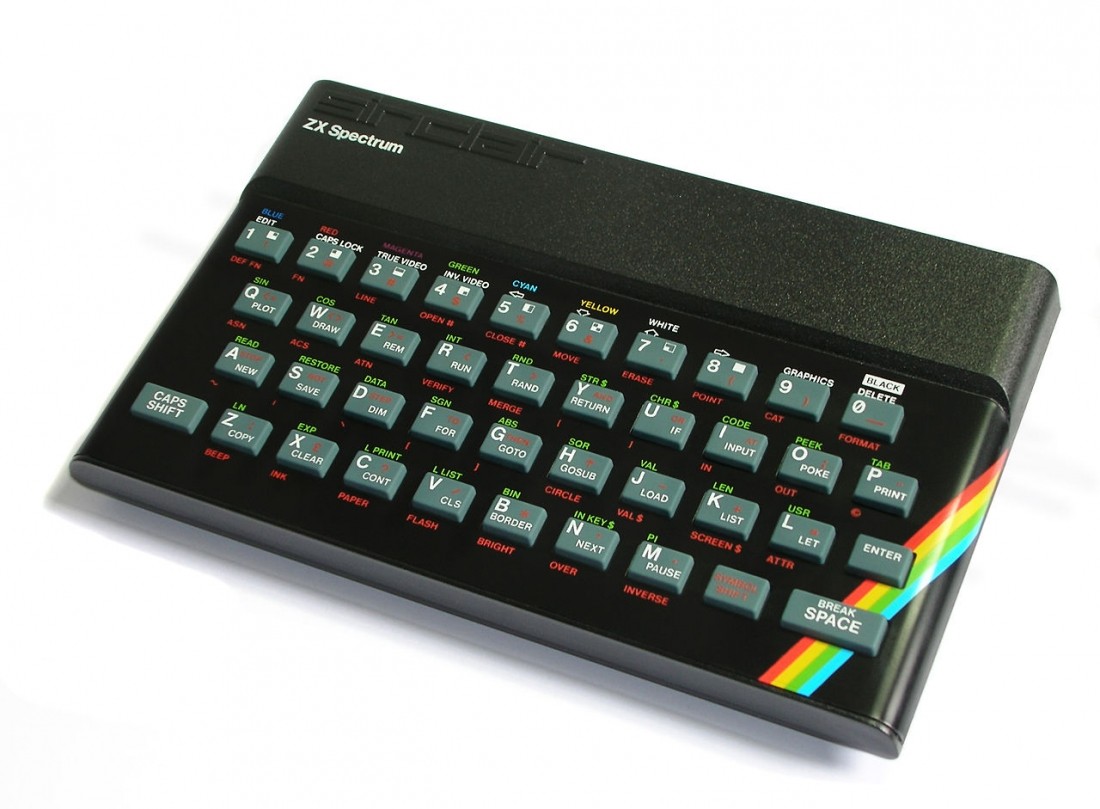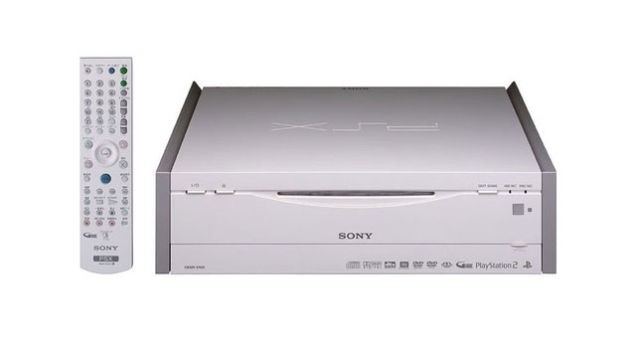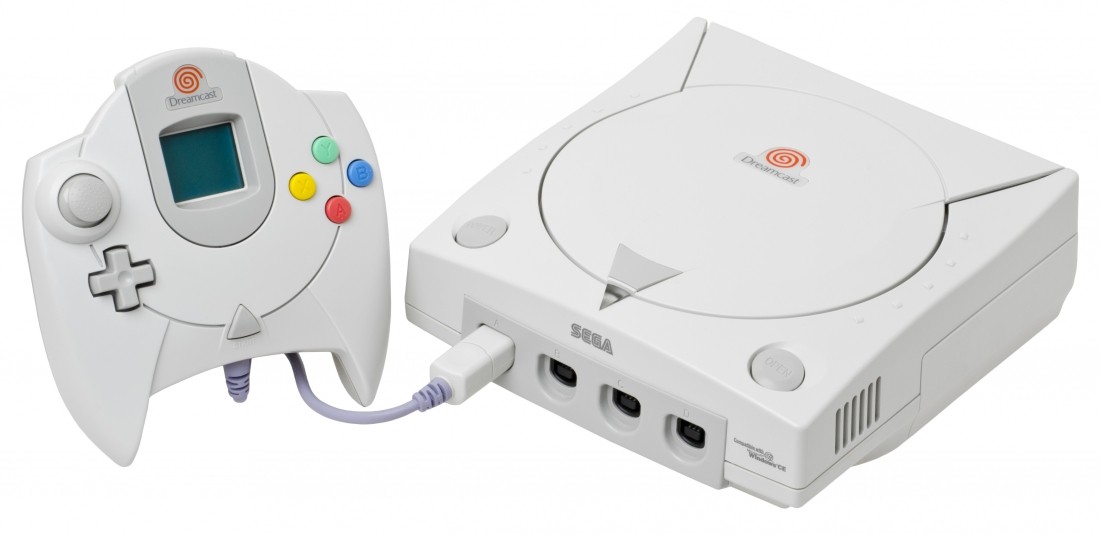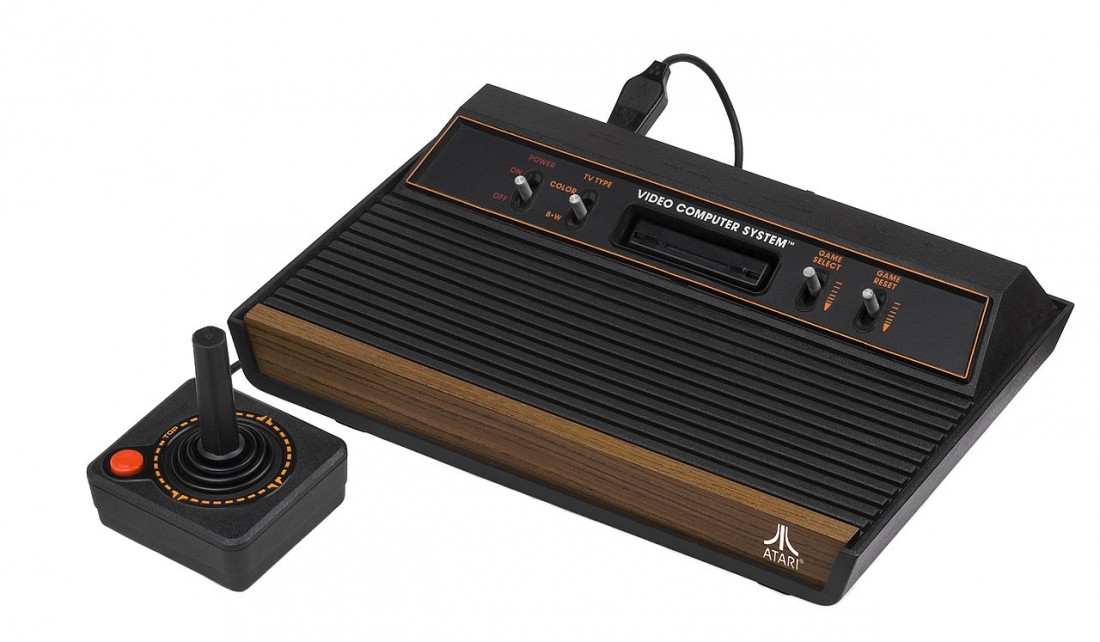
Who cares if it's stuck on a shelf, or crammed in an entertainment unit, or that in the dark all you're going to see are its status lights! An ugly console is a terrible console. What really matters is that you want to be able to welcome people into your home, and without even having to explain processing power or memory size have them think, phew, that looks like a tremendously powerful and/or exciting and/or fun piece of kit.
Which is horribly superficial, yes, but this is an entirely superficial list, so let's just run with it.
Over the past four decades, there have been some plain consoles, sometimes even some ugly consoles, but we don't care about them today. Today, we celebrate the best-looking video game consoles (no handhelds) of all time, for whatever the reason.
Images: Evan Amos, Muband & Bill Bertram
Sega Mark III (1985)
The Sega Mark III was never released in the West, which explains why you might never have seen it. Here, it would be repackaged and sold as the Sega Master System.
It might be my favourite of the bunch. It doesn't even look like a video game console. It looks like what a sci-fi anime from the 80s thought a video game console would look like in the distant future. A console that didn't even play discs, it just shot holograms into the air.
Nintendo Gamecube (2001)
The Nintendo GameCube was a tiny little box that played tiny little discs and had a tiny little handle so that tiny little hands could carry it with them to their friends houses and play the best Mario Kart game there ever was.
ZX Spectrum (1982)
Yes, this is technically a computer. But like the C64 below, their platforms were so isolated, and the value of their games so vital to their overall success that fuck it, they've made this list.
Sir Clive Sinclair is a cool guy, whose eye for the future has led him to invent all kinds of weird and amazing machines. His most famous is the ZX Spectrum, which wasn't just an important machine---it pretty much gave birth to the home computer scene in the UK---but was very easy on the eyes as well.
The keyboard is great, as is the smartly compact form, but it's the colour scheme that really does it for the Spectrum; that rainbow splash along the side evokes everything from a Daft Punk album cover to old VHS tape art.
Sony PSX (2003)
Of all the pieces of video game hardware Sony have released over the years, few have ended up as forgotten as the PSX. I'm not talking about the abbreviation for the original PlayStation, I'm talking about the system that was actually called the PSX.
Released in 2003, it combined a PlayStation 2 with a digital video recorder, cramming the whole thing inside a sleek, simple box that just screamed "I am a big, important, adult video game machine". It's a design that really grows on you; appearing a slab at first, the longer you look, the more you notice the subtle details, like the tapered flares running down the side of the machine.
A multitude of versions, a high price and the fact it never made it outside Japan doomed the PSX, and it was withdrawn from sale only two years after release.
Commodore SX-64 (1984)
The normal Commodore 64 looked pretty good! It wins points for cramming the entire system inside a keyboard. But I prefer the SX-64, the world's first proper portable colour computer system, because it looks so badass.
If someone just sent you this image and didn't tell you what it was, you'd be forgiven for thinking it was some kind of Cold War targeting system for a laser nuclear artillery battery.
Panasonic 3D0 (1993)
It was a failure of a console. But that's what was so good about the 3DO. Everything about it was captured perfectly by its design. With its "pillars" it looked like a pantheon, an ancient shrine to a non-existent God, a hulking mass of plastic that wanted you to think it was the future, the conquerer, the greatest. Look upon my works, ye mighty, and despair!
Only it wasn't any of those things. It was a hulking great piece of plastic. And, like Ozymandius, all anyone remembers now is the bluster, not the works.
Sega Dreamcast (1998)
If Sega had to go out, it was nice that they went out with this. The Dreamcast doesn't look like other video game consoles. It's not trying to look toy-like, or powerful, or expensive.
It looks like fun. Like a light breeze on a summer's afternoon while you're playing in the park. Like an ice cream cake. Like the Tamagotchi's home planet.
Atari 2600 (1977)
The 2600 sums up the decade it was designed and manufactured in better than any other console here. The chunky toggles, the orange, the wood panelling. Oh, the wood panelling! It's a wonder it didn't ship with a gold ashtray hanging off the side of it.
Nintendo Super Famicom/Super Nintendo (1990)
I'm not a fan of the North American Super Nintendo. It's too...utilitarian. The version released in Europe, Australia and Japan, though, now that's a pretty video game console.
I've always thought the SNES was a lot like the Mazda MX-5. Built in Japan a very long time ago, its restrained use of curves created a design that almost timeless, looking as good today as it did at release. A classic colour scheme (those buttons!) didn't hurt, either.
Sony PlayStation 4
I wanted to include a more contemporary console on the list, but it was tough going! Like blockbuster console gaming itself, console design has become increasingly safe over the years; everything tends to look as "OK" and inoffensive as possible. The days of Nintendo 64s and original Xboxs are over.
I considered the PS2 Slim and the Wii, but ultimately went for the PS4. It looked pretty non-descript when first revealed, but the longer it's sat on my shelf, the more I've grown to love it. With its angular design and all-black surface, some days it looks like a shark breaking the surface of the water, other days like I've got a model of the Tyrell Corporation offices sitting on my entertainment unit.


